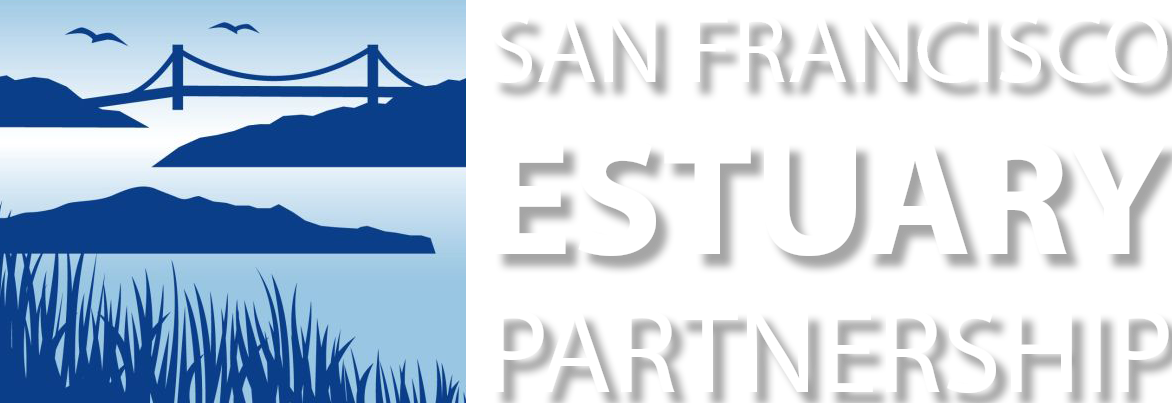The Bay Area region is beleaguered by traffic, a crippling housing shortage, and growing inequality. MTC plays a role in all these areas. “We have a master coordinator role in being able to knit the region together through land use and transportation planning, and major dollar investments,” says McMillan of the MTC, which distributes billions of public transportation dollars collected annually by local, state and federal governments, although she notes that the agency doesn’t “have land use authority, or our own transit system—that is vested in the cities and counties, and separate transit agencies.” While land use and transportation are squarely within MTC’s purview, for others issues—housing affordability and growing economic inequities—MTC must partner with myriad other agencies across nine counties, a challenge unto itself. Initiatives such as the 30-year Horizons plan for the region, and the Committee to House the Bay Area, are attempting to take a regional approach. “One of the major things I would like to accomplish in my time here is engaging with communities so our work might better help those who live, work, and sometimes struggle here,” says McMillan, a Los Angeles native. McMillan, who takes over from Steve Heminger, is only the third MTC Executive Director in the agency’s 42-year history, and the first woman to hold the position. McMillan is also learning the ropes of MTC’s relationship with the Association of Bay Area Governments and the San Francisco Estuary Partnership, which have all shared staff under the Bay Area Metro roof since 2017. She notes that partnering to tackle how climate change will affect the region’s network of roads and cities is increasingly important. “We’ve got to actively plan for fire, and to really start thinking about flood zones at the front end” of the planning process she says. “Because it’s going to happen. We just don’t know how badly, or exactly when.”









 The results are alarming for our state’s future: an estimated four to five feet of sea level rise and loss of one to two-thirds of Southern California beaches by 2100, a 50 percent increase in wildfires over 25,000 acres, stronger and longer heat waves, and infrastructure like airports, wastewater treatment plants, rail and roadways increasingly likely to suffer flooding.
The results are alarming for our state’s future: an estimated four to five feet of sea level rise and loss of one to two-thirds of Southern California beaches by 2100, a 50 percent increase in wildfires over 25,000 acres, stronger and longer heat waves, and infrastructure like airports, wastewater treatment plants, rail and roadways increasingly likely to suffer flooding.